Category: sustainability – Page 318
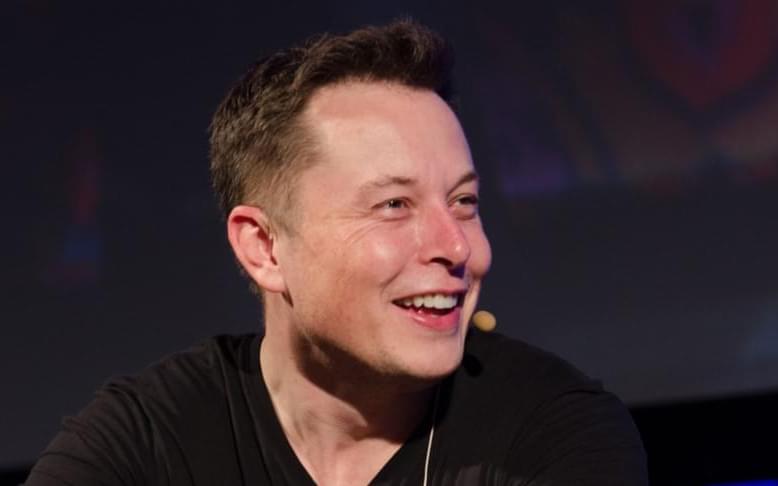

“Youth” protein refreshes photoreceptor cells to protect aging eyes
Scientists studying the aging process in the eye have made an important discovery around the role of a so-called “youth” protein, and shown how it promotes a cellular recycling process that maintains our vision. Experiments on mice missing this protein led to fast-tracked degeneration in the retina, indicating that the protein plays an important protective role against age-related vision loss.
Led by scientists at the US National Eye Institute, the study centers on a protein called pigment epithelium-derived factor (PEDF). This protein plays an important mediatory role in a natural recycling process in the eye. It is produced by a layer of support cells, called the retinal pigment epithelium (RPE), which sits beneath the retina’s light-sensing photoreceptor cells and helps recycle and replenish them as their outer edges wear out. This ability declines as we grow older and in people with age-related macular degeneration (AMD), leading to vision loss.
“People have called PEDF the ‘youth’ protein, because it is abundant in young retinas, but it declines during aging,” said Patricia Becerra, senior author of the study. “This study showed for the first time that just removing PEDF leads to a host of gene changes that mimic aging in the retina.”
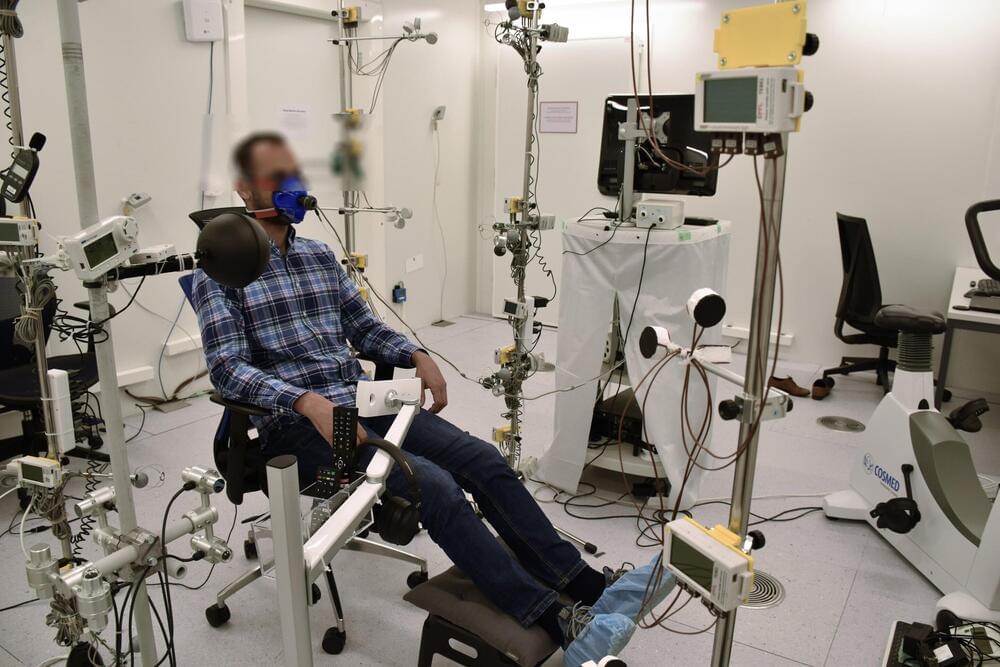
One step closer to providing customized climate control in the office
EPFL researchers have shown that people’s perception of office temperature can vary considerably. Personalized climate control could therefore help enhance workers’ comfort—and save energy at the same time.
Global warming means that heatwaves are becoming ever-more frequent. At the same time, we’re in a global race against the clock to reduce buildings’ energy use and carbon footprint by 2050. This has shone the spotlight on the importance of making the thermal comfort of buildings a strategic and economic priority. And this is the focus of research conducted by Dolaana Khovalyg, a tenure track assistant professor at EPFL’s School of Architecture, Civil and Environmental Engineering (ENAC) and head of the Laboratory of Integrated Comfort Engineering (ICE), which is linked to the Smart Living Lab in Fribourg.
In her latest study, published as a brief, cutting-edge report in the journal Obesity, she highlights the benefits of providing personalized thermal conditioning and heating for each office desk, rather than maintaining a standard temperature throughout an open space. Khovalyg and her team came to this conclusion after the human thermo-physiological data they collected showed that individuals display very different levels of thermal comfort under normal office conditions.
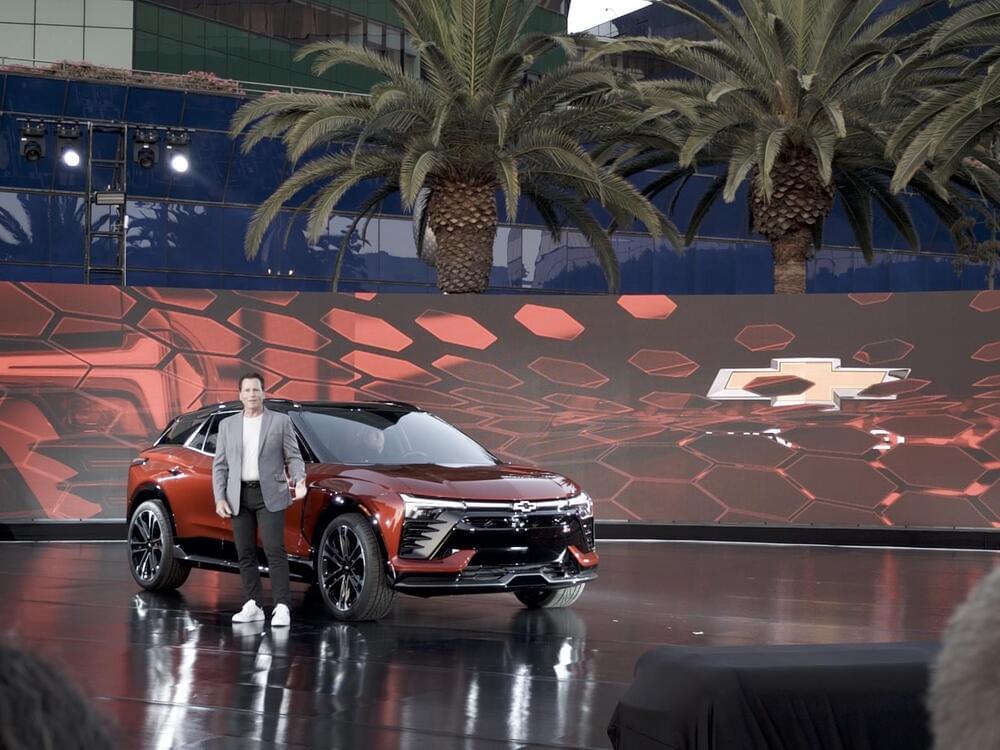
GM unveils Chevy Blazer EV to challenge Tesla Model Y
GM unveiled Monday evening the Chevrolet Blazer EV, an all-electric SUV with up to 320 miles of range and a starting price of $48,000 that CEO and Chairman Mary Barra hopes will supercharge her bid to surpass Tesla in U.S. EV sales by 2025.
The Chevrolet Blazer EV, which will go on sale in 2023 as a 2024 model year, isn’t the only impending GM electric vehicle. A slew of Cadillac and Chevy EVs are also making their way to market. But the Blazer, at its more affordable price point and in the lucrative SUV segment, could kick-start GM’s sales goals.
Internally, the confidence is high. Blazer is going be a massive statement and illustrate how GM can hit big volume segments, according to Scott Bell, Global VP of Chevrolet.
Students get $5 million from Elon Musk for carbon-removal ideas
An XPrize competition funded by Tesla CEO Elon Musk just awarded teams of students $5 million to develop their ideas for carbon removal systems — and it still has another $95 million to give away.
The challenge: Between our cars, factories, and everything else, humans are pumping about 43 billion tons of carbon dioxide into the atmosphere every year.
To combat climate change, we not only need to cut that figure way down, we also need to capture and store a lot of the CO2 that’s already out there.
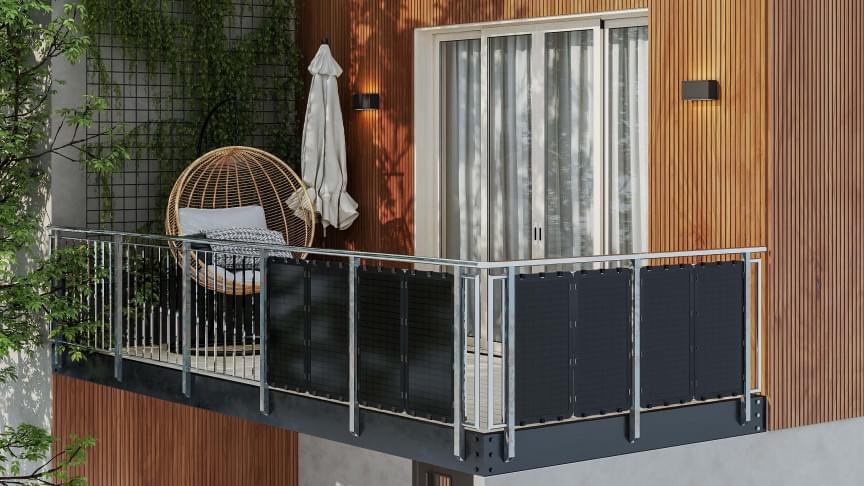
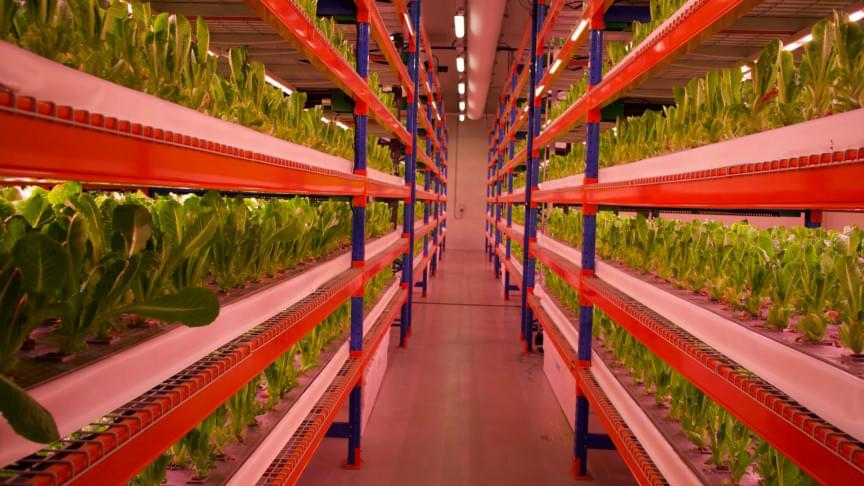

World’s First Circumnavigation By Solar Powered Ship a Success
Circa 2012
At 2:12 PM local time today, the MS *Tûranor *entered Monaco’s Hercule Harbor, becoming the first ship to travel around the world using only solar power.
It’s the same harbor where the *Tûranor *set out from more than 19 months and 37,286 miles ago. Since then, the ship has made port in six continents, fended off pirates and broke four Guinness world records, including longest journey by solar powered boat and first circumnavigation by solar powered boat.
For the team behind the *Tûranor, *the work has just started. They’ve spent more than a year and a half preaching the solar gospel at stops around the world, and their passion for the power of the sun hasn’t dimmed one bit.

Goodbye, Oil: US Navy Cracks New Renewable Energy Technology To Turn Seawater Into Fuel, Allowing Ships To Stay At Sea Longer
Circa 2014
After decades of experiments, U.S. Navy scientists believe they may have solved one of the world’s great challenges: how to turn seawater into fuel.
The development of a liquid hydrocarbon fuel could one day relieve the military’s dependence on oil-based fuels and is being heralded as a “game changer” because it could allow military ships to develop their own fuel and stay operational 100 percent of the time, rather than having to refuel at sea.
The new fuel is initially expected to cost around $3 to $6 per gallon, according to the U.S. Naval Research Laboratory, which has already flown a model aircraft on it.